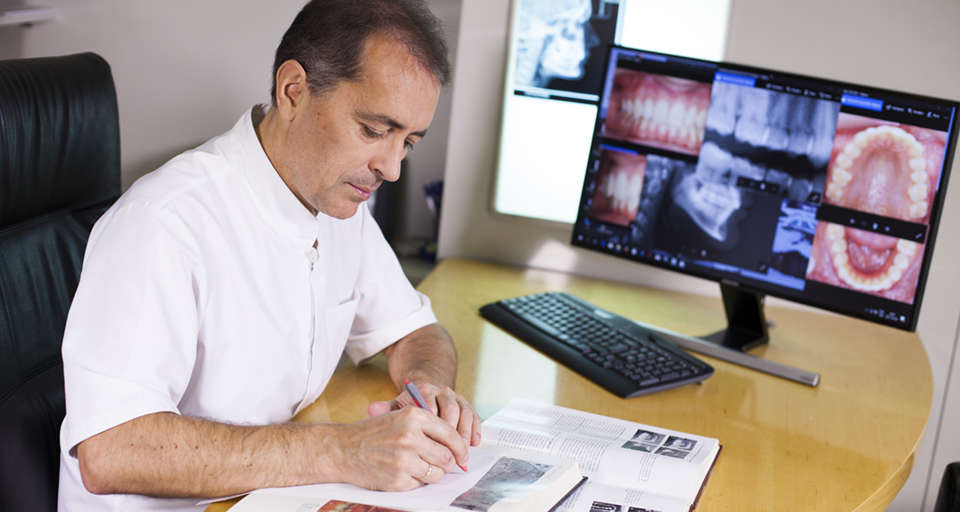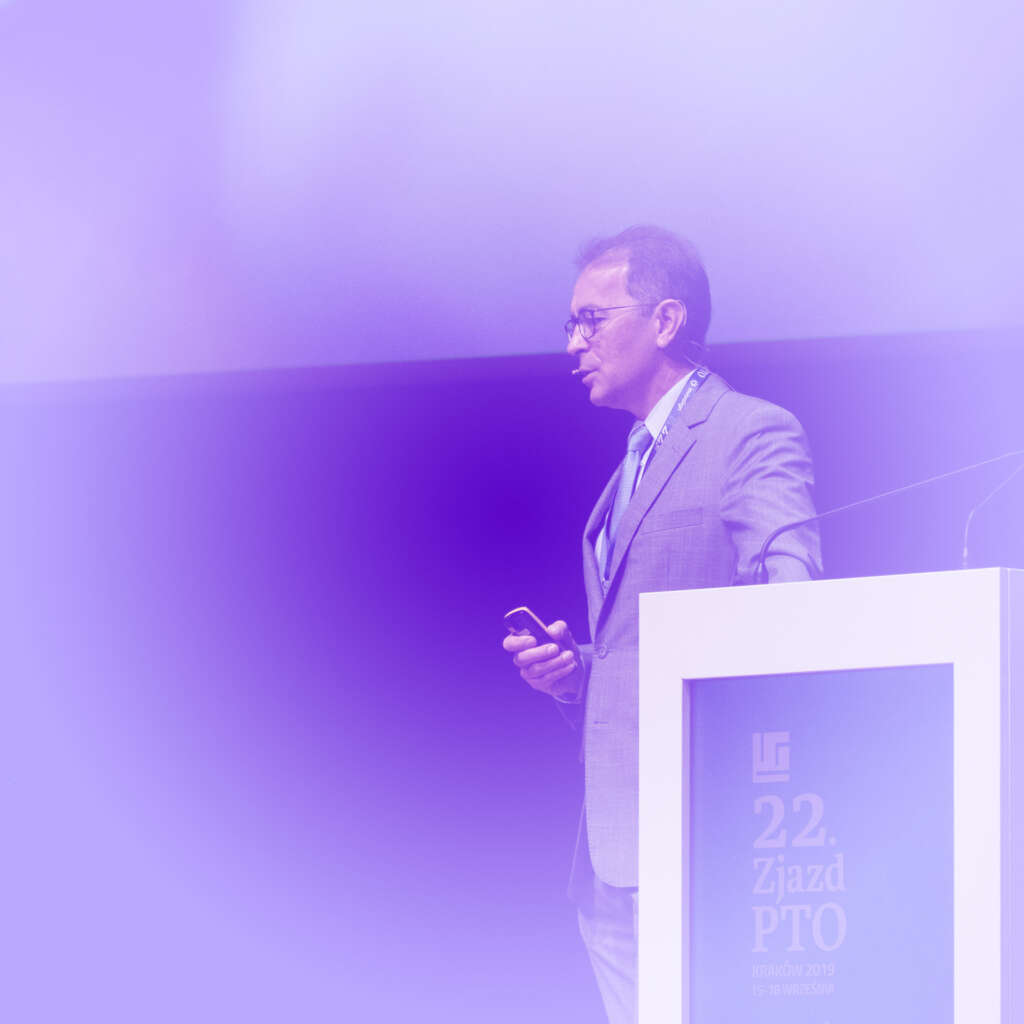Speech outcome in complete unilateral cleft lip and palate – a comparison of three methods of the hard palate closure.
Written by admin on November 30, 2014
J Oral Rehabil. 2014 Nov;41(11):809-15. doi: 10.1111/joor.12204. Epub 2014 Jun 23.
Hortis-Dzierzbicka M(1), Radkowska E, Stecko E, Dudzinski L, Fudalej PS.
Author information:
(1) Laboratory of Speech Pathology and Upper Airway Endoscopy, Institute of
Mother and Child, Warsaw, Poland; Department of Otolaryngology and Maxillofacial
Surgery, Universitary Clinical Hospital, Olsztyn, Poland.
The aim of this study was to compare the speech in subjects with cleft lip and
palate, in whom three methods of the hard palate closure were used. One hundred
and thirty-seven children (96 boys, 41 girls; mean age = 12 years, SD = 1·2)
with complete unilateral cleft lip and palate (CUCLP) operated by a single
surgeon with a one-stage method were evaluated. The management of the cleft lip
and soft palate was comparable in all subjects; for hard palate repair, three
different methods were used: bilateral von Langenbeck closure (b-vL group, n =
39), unilateral von Langenbeck closure (u-vL group, n = 56) and vomerplasty (v-p
group, n = 42). Speech was assessed: (i) perceptually for the presence of a)
hypernasality, b) compensatory articulations (CAs), c) audible nasal air
emissions (ANE) and d) speech intelligibility; (ii) for the presence of
compensatory facial grimacing, (iii) with clinical intra-oral evaluation and
(iv) with videonasendoscopy. A total rate of hypernasality requiring
pharyngoplasty was 5·1%; total incidence post-oral compensatory articulations
(CAs) was 2·2%. The overall speech intelligibility was good in 84·7% of cases.
Oronasal fistulas (ONFs) occurred in 15·7% b-vL subjects, 7·1% u-vL subjects and
50% v-p subjects (P < 0·001). No statistically significant intergroup
differences for hypernasality, CAs and intelligibility were found (P > 0·1). In
conclusion, the speech after early one-stage repair of CUCLP was satisfactory.
The method of hard palate repair affected the incidence of ONFs, which, however,
caused relatively mild and inconsistent speech errors.
© 2014 John Wiley & Sons Ltd.
DOI: 10.1111/joor.12204
PMID: 24954716 [Indexed for MEDLINE]




